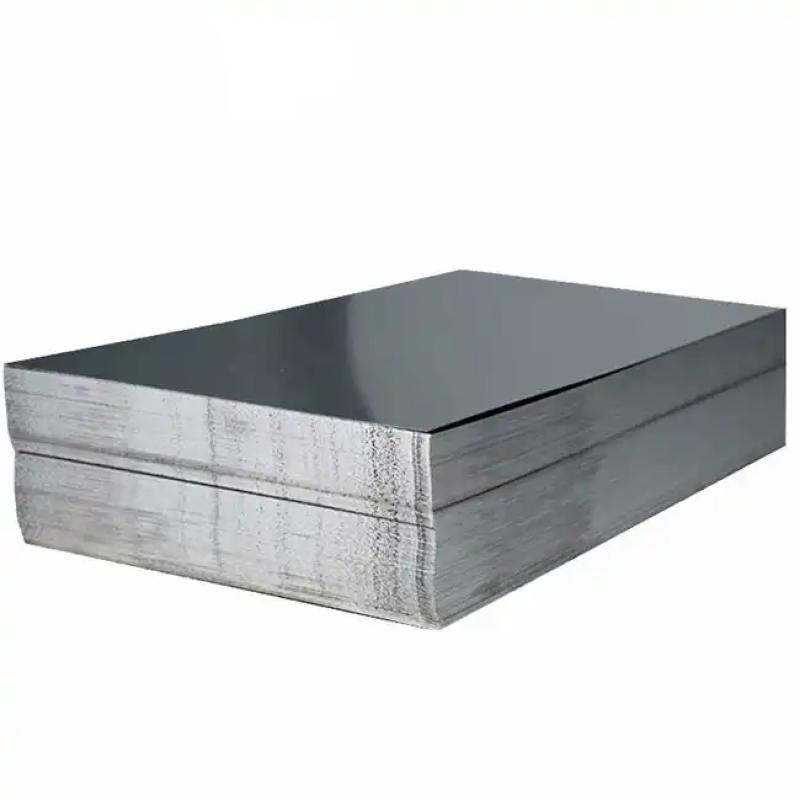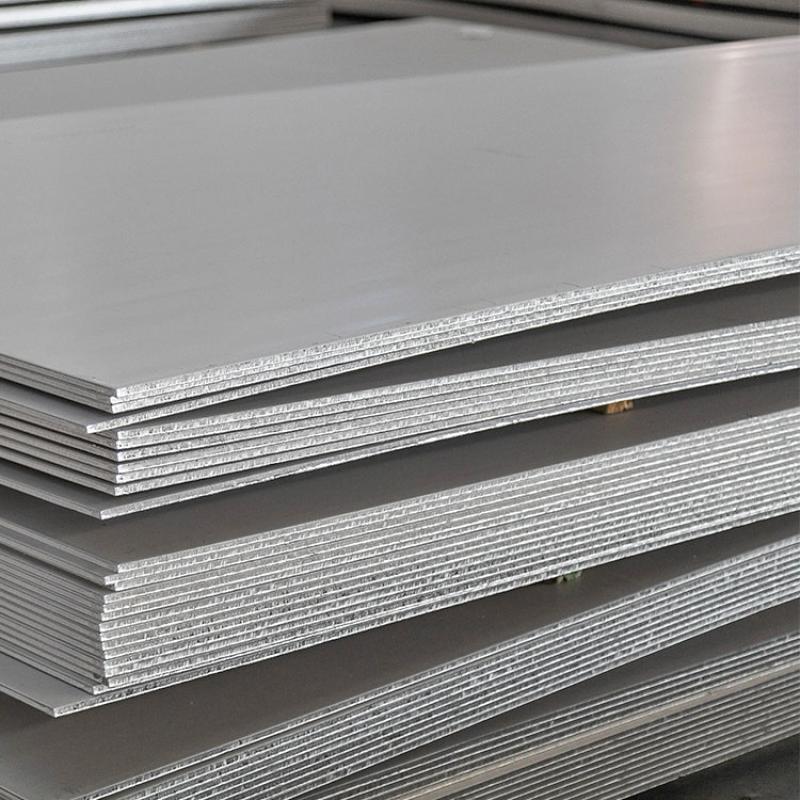Aluminum ingots is non-ferrous product that is produced by pouring molten aluminum into special molds. These molds come in a variety of sizes and shapes, and the ingots created by this variety have different types in appearance.
Contact Now
Aluminum ingots is non-ferrous product that is produced by pouring molten aluminum into special molds. These molds come in a variety of sizes and shapes, and the ingots created by this variety have different types in appearance.
Contact Now
Aluminum ingots is non-ferrous product that is produced by pouring molten aluminum into special molds. These molds come in a variety of sizes and shapes, and the ingots created by this variety have different types in appearance.
Contact Now
Aluminum ingots is non-ferrous product that is produced by pouring molten aluminum into special molds. These molds come in a variety of sizes and shapes, and the ingots created by this variety have different types in appearance.
Contact Now
Aluminum ingots is non-ferrous product that is produced by pouring molten aluminum into special molds. These molds come in a variety of sizes and shapes, and the ingots created by this variety have different types in appearance.
Contact Now
Aluminum ingots is non-ferrous product that is produced by pouring molten aluminum into special molds. These molds come in a variety of sizes and shapes, and the ingots created by this variety have different types in appearance.
Contact Now
Tinplate consists of sheets of steel coated with a thin layer of tin to impede rusting. Before the advent of cheap milled steel, the backing metal was wrought iron.
Contact Now
Aluminum ingots is non-ferrous product that is produced by pouring molten aluminum into special molds. These molds come in a variety of sizes and shapes, and the ingots created by this variety have different types in appearance.
Contact Now
Aluminum ingots is non-ferrous product that is produced by pouring molten aluminum into special molds. These molds come in a variety of sizes and shapes, and the ingots created by this variety have different types in appearance.
Contact Now
Aluminum ingot is product in the form of a bar with an above narrowing. It is produced using molding in a horizontal position through an open top.Ingots of pure aluminum or aluminum alloy after special processing are used in the production of pipes, sheets, hexagon drives and other rolled products.
Contact Now
Aluminum ingots is non-ferrous product that is produced by pouring molten aluminum into special molds. These molds come in a variety of sizes and shapes, and the ingots created by this variety have different types in appearance.
Contact Now
Aluminum ingots is non-ferrous product that is produced by pouring molten aluminum into special molds. These molds come in a variety of sizes and shapes, and the ingots created by this variety have different types in appearance.
Contact Now
Aluminum alloys are known for their strong corrosion resistance characteristics, and the 1xxx alloy group offers the best corrosion resistance of any alloy group.
Contact Now
Grade 904L is a non-stabilised low carbon high alloy austenitic stainless steel. The addition of copper to this grade gives it greatly improved resistance to strong reducing acids,particularly sulphuric acid.
Contact Now
Aluminum ingots is non-ferrous product that is produced by pouring molten aluminum into special molds. These molds come in a variety of sizes and shapes, and the ingots created by this variety have different types in appearance.
Contact Now
Aluminium ingots are made from melting scrap aluminum or bauxite ore and pouring them into molds to form blocks known as “ingots.” Making aluminum ingots involves heating the scrap or ore to very high temperatures and then cooling it down in molds.
Contact Now
Aluminum ingot is product in the form of a bar with an above narrowing. It is produced using molding in a horizontal position through an open top.Ingots of pure aluminum or aluminum alloy after special processing are used in the production of pipes, sheets, hexagon drives and other rolled products.
Contact Now
Aluminum Plate refers to the rectangular plate processed by aluminum ingot rolling, which is divided into pure aluminum plate, alloy aluminum plate, thin aluminum plate, medium thickness aluminum plate, pattern aluminum plate.
Contact Now
Aluminum 3003 is among the most common of aluminum alloys and is considered one of the best general-purpose aluminum alloys around. Aluminum 3003 bends easily, which allows for a large radius and high elasticity. It has excellent corrosion resistance, workability, and it may be deep drawn or spun. 3003 Aluminum PipeStandardASTM, ASME,EN, JIS, DIN,GB/T etc SizeOuter diameter3mm-250mmWall thickness0.5mm-200mmLength1m,3m,5.8m,6m,12m or as requiredGrade1000 series: 1050,1060,1070,1080,1100,1435, etc2000 series: 2011,2014,2017,2024, etc3000 series: 3002,3003,310
Contact Now
Aluminum ingot is product in the form of a bar with an above narrowing. It is produced using molding in a horizontal position through an open top.Ingots of pure aluminum or aluminum alloy after special processing are used in the production of pipes, sheets, hexagon drives and other rolled products.
Contact Now
Aluminum ingot is product in the form of a bar with an above narrowing. It is produced using molding in a horizontal position through an open top.Ingots of pure aluminum or aluminum alloy after special processing are used in the production of pipes, sheets, hexagon drives and other rolled products.
Contact Now
Aluminum Plate refers to the rectangular plate processed by aluminum ingot rolling, which is divided into pure aluminum plate, alloy aluminum plate, thin aluminum plate, medium thickness aluminum plate, pattern aluminum plate.
Contact Now
Aluminum Plate refers to the rectangular plate processed by aluminum ingot rolling, which is divided into pure aluminum plate, alloy aluminum plate, thin aluminum plate, medium thickness aluminum plate, pattern aluminum plate.
Contact Now
430 Stainless Steel Sheets come in several different types, including ferritic, martensitic, and austenitic. Each type is designed to meet specific needs and requirements, from standard applications to high-performance ones. For example, ferritic stainless steel 430 plates are typically used for high-temperature applications such as exhaust systems and automotive trim. Martensitic stainless steel 430 plates are best suited for structural applications such as bridges and buildings because they have excellent mechanical properties at both low and elevated temperatures.
Contact Now




































